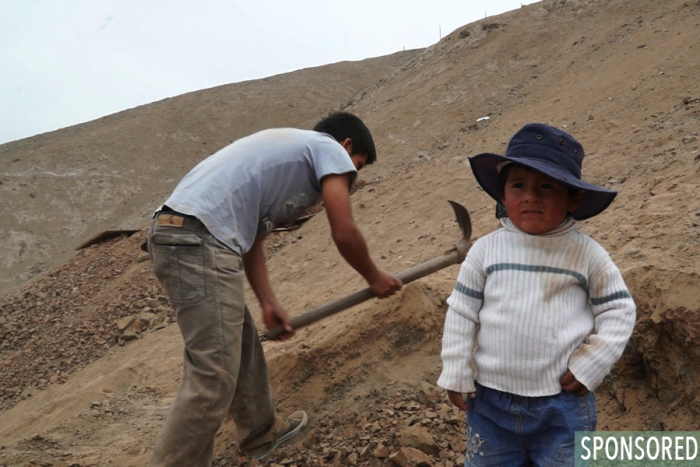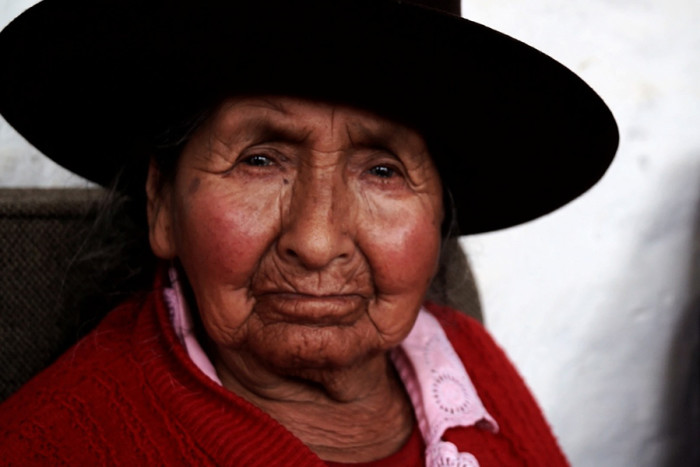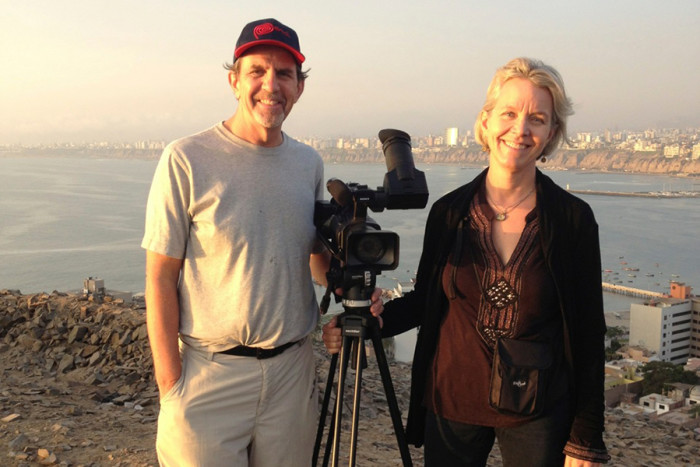
High in the desert hills surrounding Lima, Peru is a human settlement called Manchay. In 30 years, Manchay has grown from a few cardboard shacks in an abandoned gravel pit to a city of 100,000. Nearly all the residents are migrants from the Andes.
The first settlers, in the mid-1980s, made their way to the outskirts of Lima after fleeing for their lives when their mountain villages were caught in the bloody crossfire between the Peruvian military and the Shining Path, a Maoist group that had made the Andean city of Ayacucho its headquarters and was known for brutal, violent terrorism.
I have long been curious about Manchay and its turbulent history because there’s a clinic there—the Policlínico Carlos Hedreen—that was named after my great-uncle.
In August, 1964, a story in the Seattle Post-Intelligencer identified Carl Hedreen as “Mr. Anchovy:” not because he was a restaurateur or chef, but because he had been a pioneer in Peru’s booming fish meal business.
“A lot of the dollars which Carl Hedreen risked on Peruvian investments back in the ‘40s and ‘50s have found their way home,” PI reporter Jean Hudson Lunzer enthused in her first paragraph. She went on to explain that Carl Hedreen was to be the principal investor in Harbor House, one of Seattle’s first mid-century-modern, high-rise apartments, which would be built by his nephew (my uncle), general contractor Richard Hedreen.
But her article is only nominally about that apartment building. Lunzer was much more interested in hearing how and why a young businessman who grew up in Seattle and Vancouver, B.C. wound up moving his family to Peru right after World War II and spending 20 years there, helping to develop what would become, by 1963, the second largest fishery in the world after Japan, thanks to the anchovy-rich Humboldt Current off Peru’s coast.
Like foreign entrepreneurs before him, Carl Hedreen’s goal was to run a profitable enterprise, but one that would also help improve the living standards of hundreds of Peruvian employees.

In 1964, when the P-I interviewed him, he had just retired from this business he loved. Some months earlier, in a letter to a colleague, he quipped that a part of him wished he could go back in time, be “rejuvenated,” and start all over again.
Half a century has passed. What would Carl think if he could know that some of the money he made turning anchovies into fishmeal did indeed find its way back to Peru—and helped found a clinic in a sprawling settlement outside Lima? Many such projects come and go, but the Policlinico Carlos Hedreen has survived for more than 12 years. In 2013, the Peruvian government recognized that it was the only viable clinic in an area where at least 100,000 people were living, and began staffing it with its first full-time, paid doctor.
When I was a little girl, I knew Carl as the great-uncle who would swoop into Seattle from this strange country called Peru with stories of funny animals called llamas and a misty mountaintop palace called Machu Picchu. I had no idea he was known in the business world as “Mr. Anchovy.”
But, thanks to Carl, I always wanted to go to Peru. And when I learned about the clinic, I thought there might be a story there that my husband and I could tell on film.

Our documentary, Zona Intangible, is named for the signs that ring the hilltops around Manchay: What they mean is: this zone is off-limits. Don’t build here. And yet, people do.
The United Nations estimates that one out of six people in the world live in one of these handmade, human settlements. On hillsides, down valleys, on the flats and shores and riverbeds and highlands outside every city in every country in the world, people come and they build. The characters in our story include Dr. Juan Fabian, the clinic’s tireless sole physician and Father José Chuquillanqui Yamamoto, the Catholic priest who is a respected, driving force in Manchay, helping to ensure the basic human rights of the population: peace, safety, education, water, electricity and hope.
Our film, which we expect to complete in January 2016, is a ruminative, personal story in one sense, and a very global story in another.
Most of the people who started new lives in Manchay paid a high personal price to live in this zone of peace and safety and hope for the future, and they value these intangibles in a way most of us have never had to. The thread that connects them to my uncle is long and tangled.
But it’s taking on a whole new meaning for me in this time when we are all asking questions about migration and history and the meaning of home: is “home” where we live, or where we came from? Or is it some complex mixture of both?
This post was written and edited by our sponsor.

